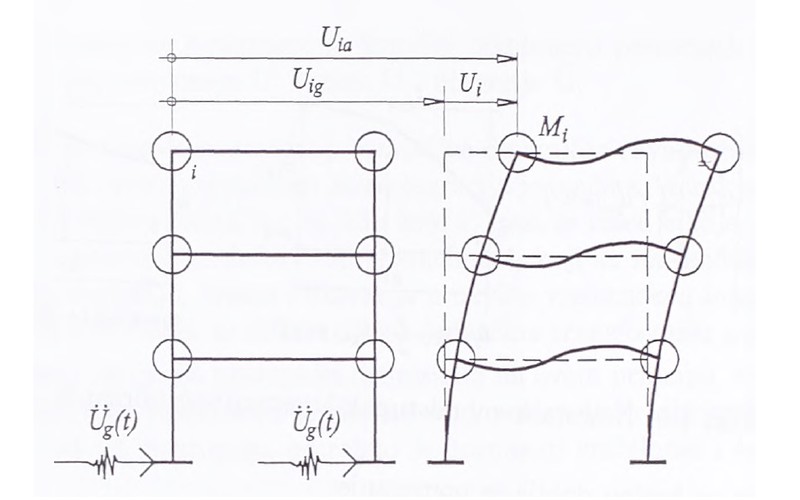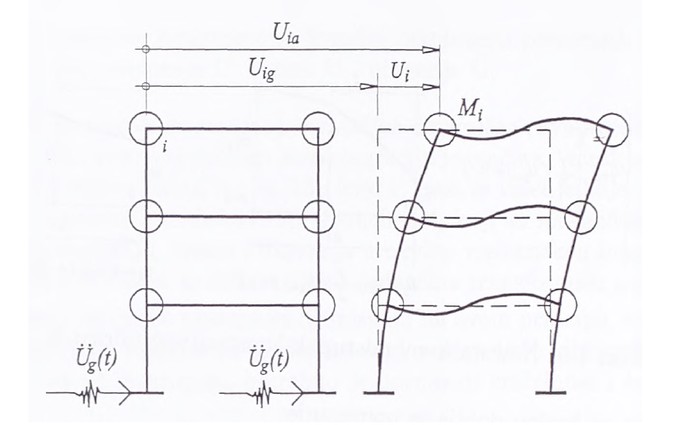
Abstract
The subject of the thesis is seismic analysis of steel plane frames with nonlinear semirigid and eccentric beam-to-column connections. A numerical model that includes both nonlinear connection behaviour and geometric nonlinearity of the structure is developed. A flexible connection is modelled by rotational spring with nonlinear moment rotation relationship using three-parameter power model. The changes in element stiffness matrix introduced by eccentricity due to finite dimensions of beam-column assemblage. The presented numerical model of beam element has the same number of degrees of freedom as the corresponding model in the conventional analysis used for the frames with fully rigid connections. Viscous damping due to relative rotational velocity in connections is also introduced and modelled by attaching viscous rotational dashpots at beam ends. The flexural complex stiffness matrix for a beam element with semi-rigid connections and viscous rotational dashpots is evaluated. A parametric study has been performed in order to estimate the influence of connection flexibility, connection eccentricity, viscous damping and second order theory on steel frame seismic response. The results of several example calculations have been presented with illustrative diagrams and figures. It is also considered two types of passive structure control systems: friction braces and dissipative joint connections. The dissipative joint connection passive control proposed and presented as very simply, inexpensive and efficient way to protect structures during strong earthquakes. This passive system control needs only some modification in beam- to-column connection design in order to achieve predicted level of damping. Based on theoretical problem formulation, a computer program is developed to increase efficiency of steel frames seismic analysis and design.
